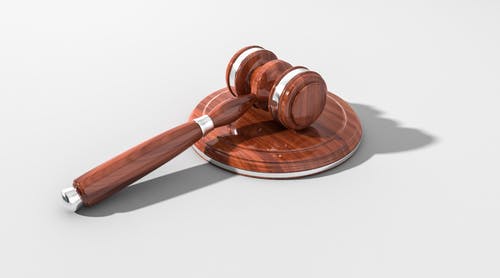Posted: Thursday, 7 May 2020 @ 14:42
 In the wake of the Covid-19 pandemic, there are some very compelling reasons to make removal of executor applications as supposed to other forms of Court applications now when dealing with executors.
In the wake of the Covid-19 pandemic, there are some very compelling reasons to make removal of executor applications as supposed to other forms of Court applications now when dealing with executors.
The reasons are as follows.
1 The Chancery Division of the High Court, (where you would issue such an application) remains very open for business. From experience this Court is very efficient. Not necessarily so in other Courts.
2.Other applications may have less appeal particularly if they involve the sale of property given that the property market is blocked.
3. An application of this kind can be more paper driven and socially distant friendly.
4. In this climate there is a more emphasis on getting things done and removal of executor is a pretty good way to get things done.
And what does the procedure involve?
Normally it should be brought in the Chancery Division of the High
Court using a Part 8 Claim Form, and supported by written evidence (see CPR
Part 57).
If there is more than one executor, the others must all be
joined as parties, often together with the residuary beneficiaries.
If a sole
executor is being removed, a substitute should be sought otherwise the estate
will be left unrepresented.
Applications under section 50 are governed by the Civil
Procedure Rules r.57.13 and
PD57, paragraphs 12–14: and must be brought in the High
Court;
All applications will be assigned to the Chancery Division;
Every personal representative of the estate shall be joined
as a party;
Under a part 8 Claim Form the application must be supported by the following:
·
A certified sealed copy of the Grant of Probate
or Letters of Administration;
·
A witness statement setting out the reasons why
the removal or substitution of the Executor is sought (referring
to his disqualification, incapacity or unsuitability as per above), of the
Deceased’s assets and liabilities, those who are in possession of documents
relating to the
estate, names of beneficiaries and details of
their interest and the proposed individual to substitute the executor.